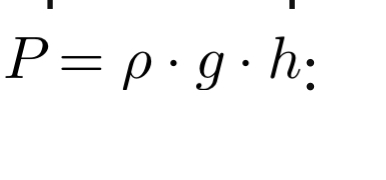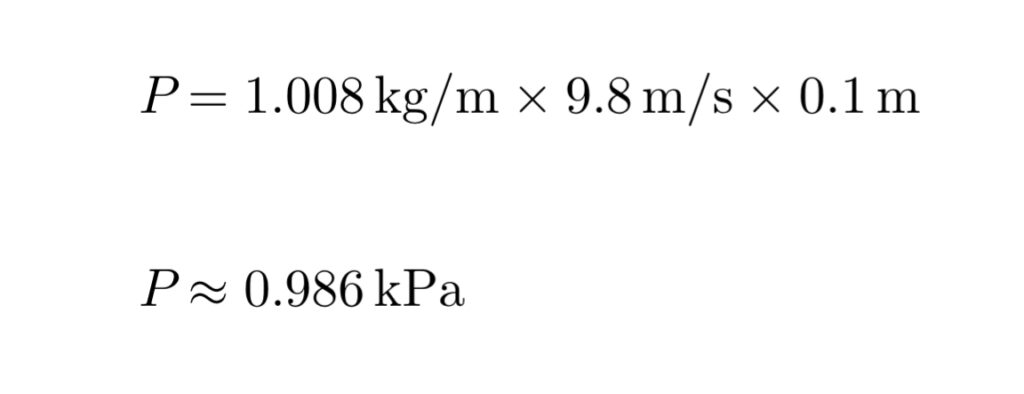In the quiet recesses of our cranial sanctuary, a silent ballet of fluidic elegance unfurls—125 to 130 milliliters of cerebrospinal fluid (CSF), an unceasing current coursing through the intricate pathways of our brain. Join me in this cerebral voyage as we unravel the profound biophysics behind this hydraulic marvel, immersing ourselves in the equations that choreograph its enigmatic symphony.

The Liquid Intricacies
Astonishment grips me as I contemplate the sheer volume of CSF in our brain, a constant flow that persists day and night. As someone who revels in reflections while venturing into the realms of biophysics, my mind naturally gravitates towards pondering the complexities of CSF.

Equations as the Architects
Let’s delve into the complex equations that underpin the dynamics of CSF, for they are the architects of this fluidic ballet. At the core of the performance lies an equilibrium equation, a delicate interplay between production and drainage:

This equation, seemingly simple, orchestrates the heartbeat of the fluidic symphony, maintaining the balance necessary for sustaining the brain’s delicate environment.
Fluid Dynamics Unveiled:
Picture the flow of CSF as a mesmerizing physics spectacle, where the following equation directs the fluidic currents:

In this equation, \(Q\) denotes the flow rate, \(A\) is the cross-sectional area, \(\Delta P\) represents the pressure difference, and \(R\) stands for resistance. Together, they choreograph a dynamic ballet within our cranial expanse.
Recycling Act: Fluidic Harmony
CSF, far from a mere circulatory agent, engages in a recycling act, clearing away metabolic waste and sustaining the pristine stage for the cerebral performance.
**High Pressure and the Headache Equation:**
Venturing into the physics of high pressure within the cranial cavity, we encounter an equation that explains the origins of discomfort, often expressed as a headache:

Here, \(P\) signifies pressure, \(\rho\) is density, \(g\) represents gravity, and \(h\) denotes height. Elevated pressure disrupts the harmonious fluidic ballet, triggering the unmistakable signal of a headache.
Understanding the Equation
Breaking down the components of the equation sheds light on the mechanics behind cranial pressure:
Density (\(\rho\)):** 1.008 kg/m³ (average density of cerebrospinal fluid)
Gravity (\(g\)):** 9.8 m/s² (acceleration due to gravity)
Height (\(h\)):** 0.1 m (an approximate height differential due to elevated pressure)
Example: Computation of High Pressure Leading to Headache:
Consider a scenario where an individual experiences a heightened cranial pressure due to various factors. Let’s compute the pressure using the formula


Now, let’s compare this calculated pressure to the normal cranial pressure to understand the impact on the fluidic dynamics and potential discomfort.
Comparison to Normal Pressure
Normal cranial pressure typically ranges between 7 and 15 mmHg. Converting this to kilopascals for comparison:

Our calculated pressure of approximately 0.986 kPa falls within this normal range. However, even a slight deviation from this equilibrium can lead to disturbances in the fluidic ballet, potentially manifesting as headaches.
Maintaining Fluidic Equilibrium:
Understanding these equations offers insights into the delicate balance required for maintaining fluidic equilibrium within our cranium. Lifestyle adjustments, stress reduction, and medical interventions aim to restore this equilibrium, ensuring the uninterrupted performance of the cerebral hydraulic symphony.
